
Stupa Monument aux morts Cambodgiens et Laotiens
Paris, FR
The stupa was built in 1926 to commemorate the soliders from Laos and Cambodia who died defending France in the First World War.
Here you can search for a building to visit. You can use the map find destinations, or you can use the filters to search for a building based upon what different criteria.

Paris, FR
The stupa was built in 1926 to commemorate the soliders from Laos and Cambodia who died defending France in the First World War.
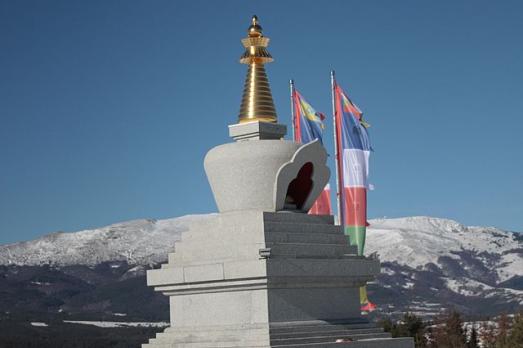
Plana, BG
The Stupa of Enlightenment is located in the village of Plana, near the capital Sofia. It is the first traditional stupa built in Bulgaria.
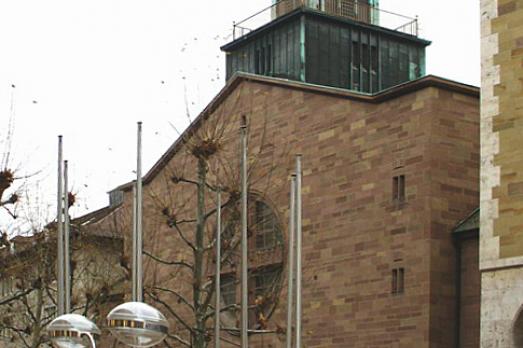
Stuttgart, DE
The cathedral church of St. Eberhard has been a cathedral only since 1978. Although the parish dates back to the 10th century, the present building was completed in 1955, the previous one having been destroyed during the Second World War.
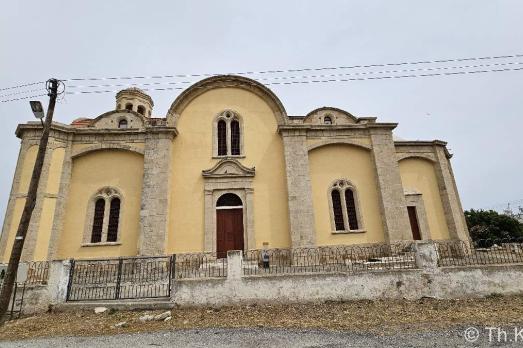
Stylloi, CY
The Profitis Elias Church was built in 1921 and is located on the south-western edge of the original settlement area.

Larvik, NO
Styrvoll church is a long church dating back to the Middle Ages. The nave and chancel are made of stone, while the porch and the turret (from the 1870s) are made of wood.
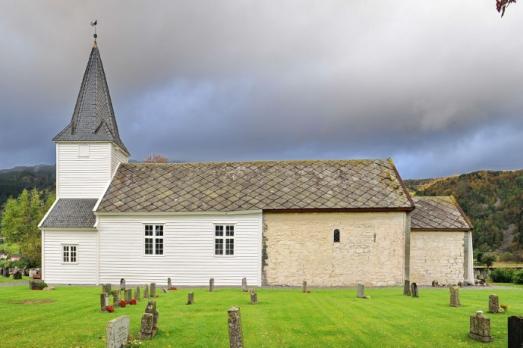
Etne, NO
Stødle Church is a stone and wooden church, the stone parts being remnants of the old 12th century structure. In the 17th century the church was extended westwards with a new wooden nave. The bell tower in front of the west entrance dates from 1879, and in 1960 the foot of the tower was given two side buildings where the sacristy and the entrance are located. The wooden walls of the church hall have a painted decoration from the 18th century, which was restored by Ola Seter in the 1950s.
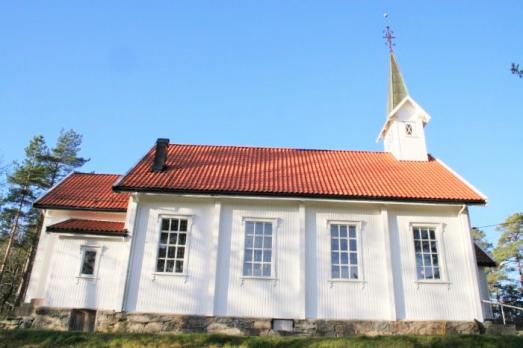
Kragerø, NO
Støle church is a long church from 1892. The church was designed by Adolf Schirmer and was originally called Levangsheien chapel. The stained glass on the wall behind the altar dates from 1942.
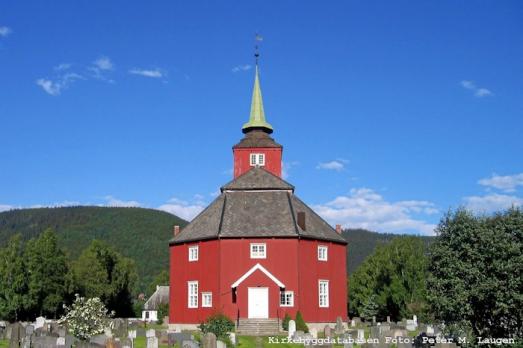
Midtre Gauldal, NO
Støren church is an octagonal church dating from 1817. The octagon of the nave is slightly elongated. The roof is vaulted and divided into an upper and a lower part with a slight crack at the transition to the slightly steeper lower part. Inside the church hall, the roof is supported by four marble columns under a network of beams and bracing.
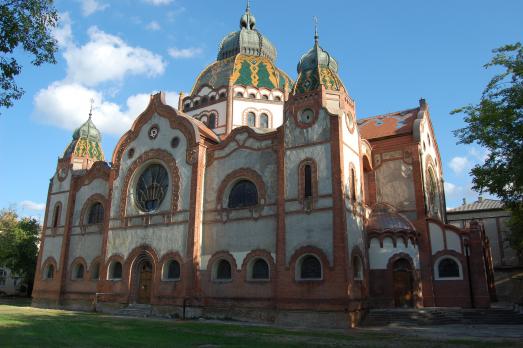
Subotica, RS
The Subotica Synagogue is a monumental Art Nouveau synagogue built by Hungarian architects Marcell Komor (1868-1944) and Dezső Jakab (1864-1932). Construction began in 1902 in what was then Austria-Hungary. After renovations since 2003, the building was officially inaugurated in 2018.

Sucevita, Suceava county, RO
Located in the village with the same name, the Sucevita monastery was built between 1581 and 1601, on the expenses of a noble family, Movila: Ieremia was on the Moldavian throne between 1595 and 1606 and his brother Simon, who was the ruler of Valachia for a short period. The church with the Resurrection as its patron day was built in the Moldavian architecture, a style consolidated during the time of Stephen the Great and which combines in an harmonious way elements of Gothic and Byzantine art with specific architectural elements of the old wooden churches from Moldova. The exterior painting of the Sucevita monastery on a green background is the best preserved among the group of the Moldavian churches with exterior frescoes. The Ladder of Virtues, a masterpiece of the Romanian medieval painting, is the most impressive due to its dimension and the contrast between the order of the angels and the chaos of the Hell. Values of medieval art like embroderies, silver, manuscripts, wooden sculptures and icons are conserved and displayed in the monastery's museum.

new
Nestled amidst the serene landscapes of the Harz region, lies a hidden gem for nature enthusiasts and history buffs alike - the Harz Monastery Hiking Trail. Lace up your hiking boots and embark on this captivating adventure that will transport you back in time.

The Holy Mile (Miglio Sacro) of Naples is a one-mile-long itinerary, through sacred places linked to the city's patron saint, San Gennaro, in the Rione Sanità district. Discover the city from a new perspective with this unique walking tour.

As a university city, cultural offerings abound in Tartu and will reach their peak after being designated one of three European Capitals of Culture for 2024. In this list, we've compiled the most interesting sacred places to visit in and around the old town.